On Camera Flash – Keeping it Simple
Amazingly, I get asked about on camera flash all the time. More so recently. The answers are so simple, I’m sorry if I have to scratch my head. First, direct on camera flash is really not a new “style”, and has been done in varying degrees for years. Then came the Gary Fongs of the world, (no disrespect meant to Gary Fong), and the various online strobists to tell you that you must use a softbox/beauty dish/umbrella/large light source/etc. And the Lumedynes, Stroboframes and the “stuff to put over your on camera strobe” companies loved it. And all those things are valid. Especially if you want a soft light source. However,…you don’t have to do ANYTHING. The point of an image is,…it’s yours. There are photographers who’ve gone their whole career with no artificial light source. It really depends what you’re doing, what you want to see and where you’re doing it.
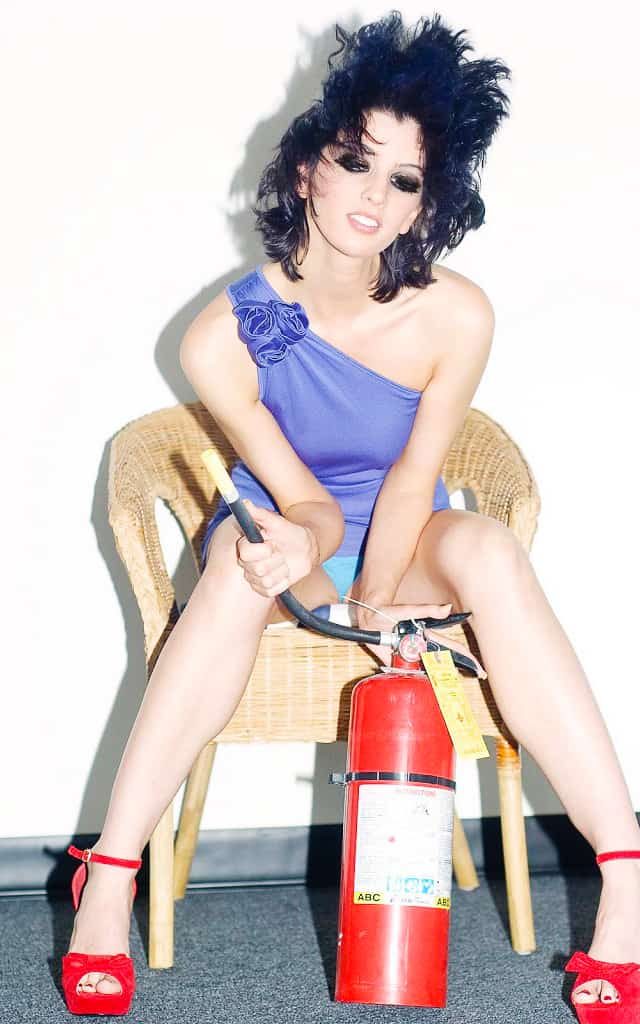
Terry and Juergen
I hear people say that Terry Richardson started it. But before Terry was Juergen Teller using a small light source, (sometimes combined with large continuous light sources), Ellen von Unwerth with an assistant pointing a bare flash head directly at the subject over her shoulder,…same thing for Tony Kelly. Now, most of these photogs are using 35mm and 50mm lenses, (in 35mm camera parlance), to be close enough to throw enough light on the scene, (except probably Tony Kelly, whose using more powerful strobe heads because of longer lenses and distance)
All of these photogs, and others using direct on camera flash, (paparazzi as an example), have quite different styles and environments, making shadows obvious in some, (terry’s white wall), and less obvious in others. (Tellers other lighting fill and more environmental backdrops) The point is, you can go to a site like C-Heads and see this style as quite common. I guess it’s hip. Although the tide seems to be changing. The main thing is where you put the light in relationship to the lens. The closer to the lens, the thinner the shadows. The closer to the subject, the ‘softer’ the light will appear.
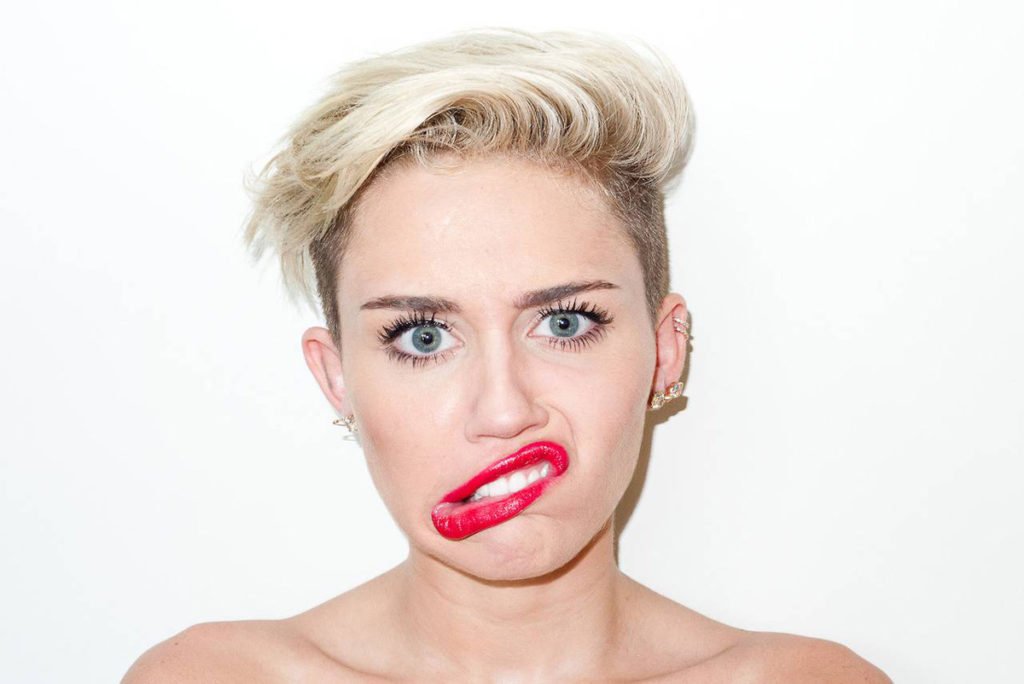
Two good things about this style. One, digital, (for those shooting digital), seems to respond favorably to more light. (for saturation and vibrance) Second, you’re not wasting any of the power available to you. (by bouncing or otherwise modifying the light source) The big deal I’ve noticed,…people either love or hate this style! There doesn’t seem to be an in between faction.
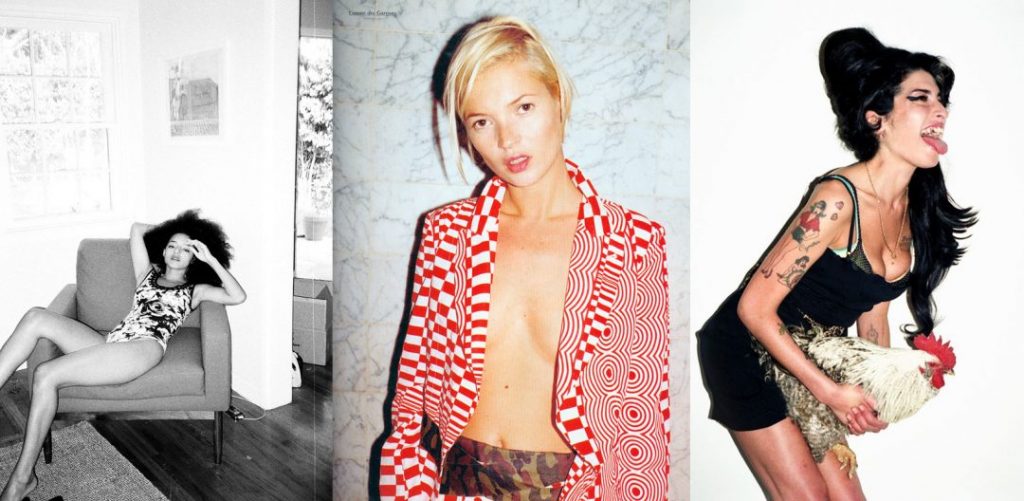
Brackets
The easiest way to try this style is to just put the flash in the shoe and shoot horizontally. (unless you’re using a very low profile flash,…then vertical is fine) The closer you can get the flash head to the lens, the better. TR uses a Custom Mini RC . He’s using a Nikon, but it works as well on any brand. My personal experience is it puts the flash on the right side of the camera, (which I don’t like,…personal), and you must use a longer lens or employ a hood to prevent flare. Otherwise, it’s fine. Teller was using a Contax G2 with TLA 200, so the flash was already pretty close to the lens. But a Cheapo Straight Bracket works quite well, especially for vertical shots. The Custom Brackets one keeps the flash head next to the lens in both horizontal and vertical. But no bracket is also fine, as illustrated in the video below.
Actually, you can use lots of different lights, as long as the distance makes the source small to your subject. And you can control the shadow position and size. It’s really a small light source that gives you those hard shadows. I’ve even used an umbrella bounced strobe put a good 20 feet from subject,…same look. Any Alien Bee direct light with just a 7 inch reflector will also do the job. Just keep the light source as close to the lens axis as possible.
Of course the more powerful brand flashes are best because of their ability to handle any situation, outside or inside, with plenty of power to spare. I.e., Canon Speedlite 600EX II-RT or Nikon SB-5000 AF Speedlight.
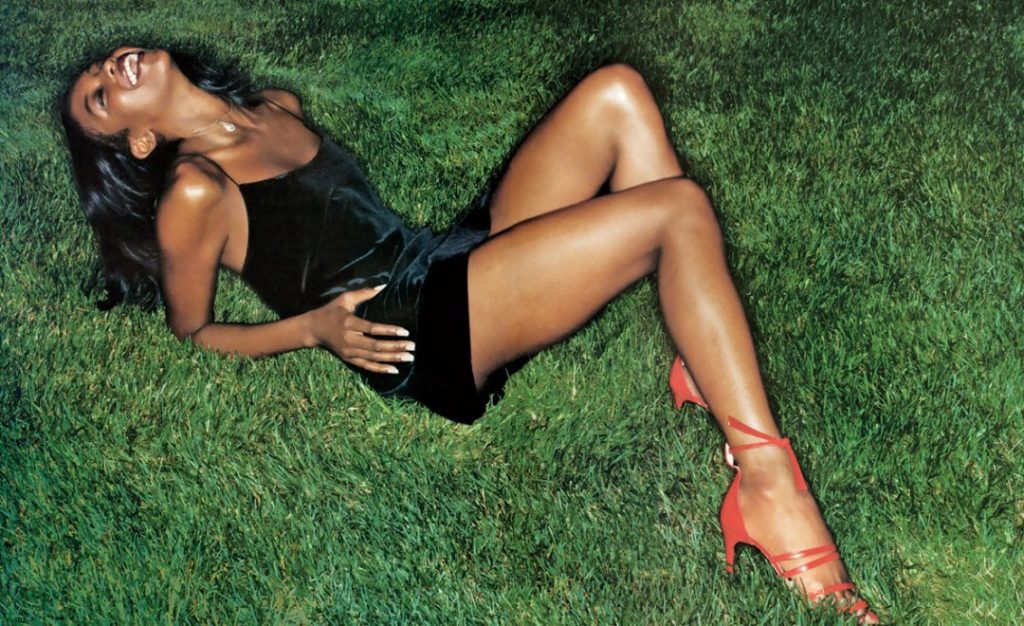
Ring Flash
Ring flash is another option,….HOWEVER, the ones that work best are the Profoto or Alien Bees real ring flashes. I NEVER use them. Not because of the light. Because I’m not Hulk Hogan. They are very, very heavy. Don’t bother with those little Sunpak thingies. They are really meant for macro, and will not produce the effect you want. Although the Nikon SB-29 and Canon MR-14EX are just powerful enough to use for other than macro, like Martin Parr sometimes uses.
The flash doesn’t particularly need to be powerful,…depending on the scene and lens. Doing a waist up shot with a 35mm equivalent lens puts you very close to the subject. Using a 100mm equivalent lens puts you much farther away, and requires a much more powerful light source.
Content Matters
I hate to put it this way,…but this ain’t rocket science. And since most of you are using digital cameras anyway, you can see right away if you’re getting what you want. I would most humbly and kindly suggest most photographers concentrate on content. It will get you a lot farther in your careers. Some simple flashes to use for this style is of course Juergen Teller and his Contax TLA 200, (GN 66), a cheap MeiKe MK-300 in Nikon or Canon flavors (about $35), or an old Nikon SB-600. They’ll all give the same effect. Including the on-camera flash of most point and shoots. The closer to the lens axis, the better. Find Contax TLA200 or Find MeiKe or Find Nikon SB-600
Addendum: When the flash is attached directly to the hotshoe, you MUST shoot horizontally to get the shadows in the right position when the head of the flash is that far away from the lens axis. For digital, where you have excessive megapixels, you just crop for any vertical images in post. Otherwise, use a bracket like Richardson. Or a flash with the head much closer to the lens, keeping most of the subjects’ shadow behind them. (Contax TLA 200, Fuji EF-X20, Meike MK-300, etc.)

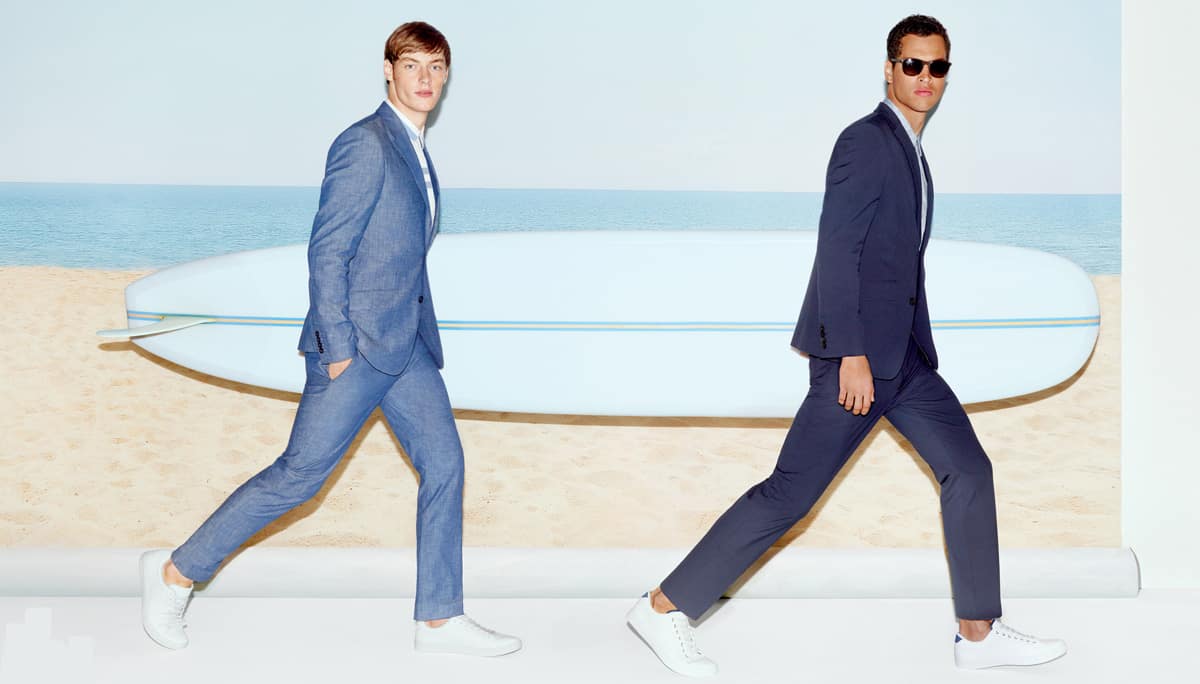
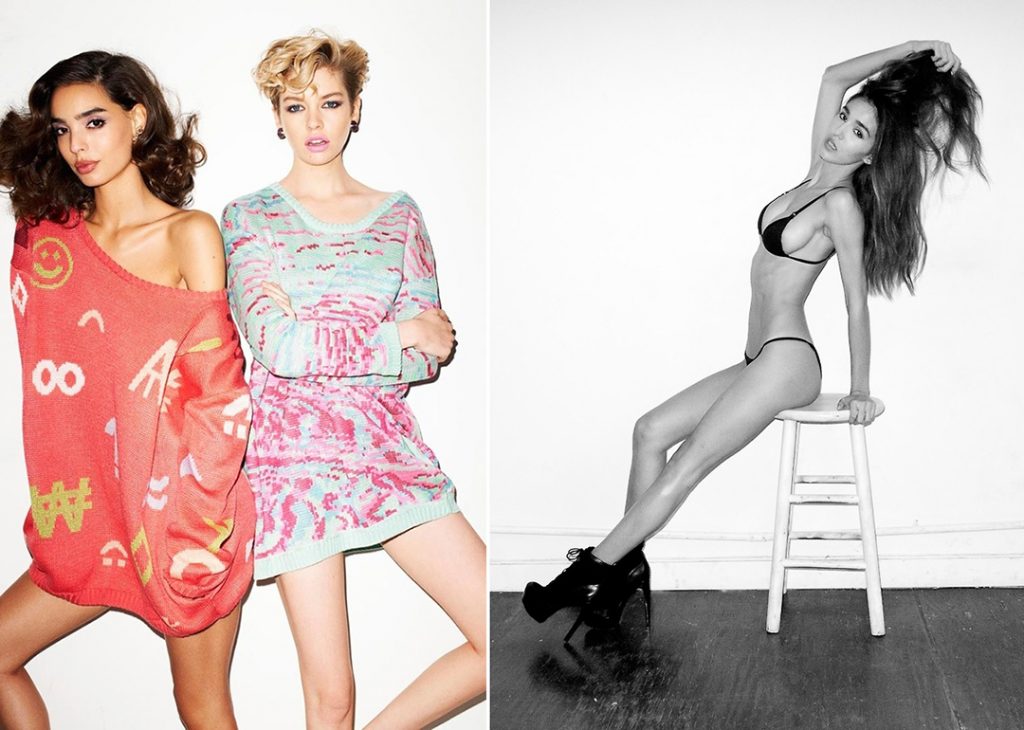
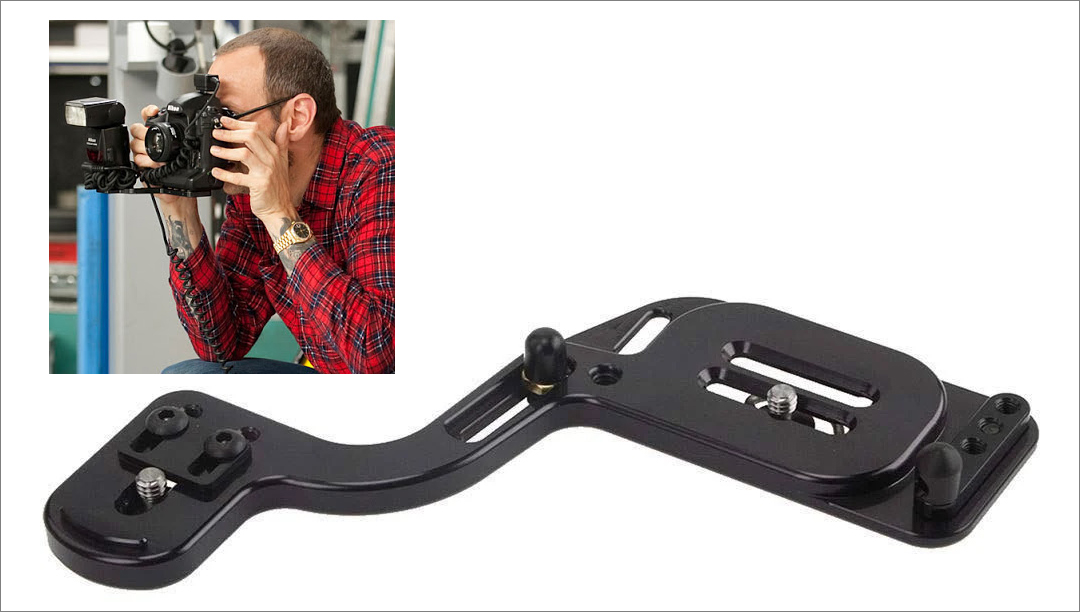
going to give flash photo a try now!
Direct flash is as valid as any other type of lighting. You picks your poison and stick with it. Clients like to see consistency and know what they’re “buying”. 🙂